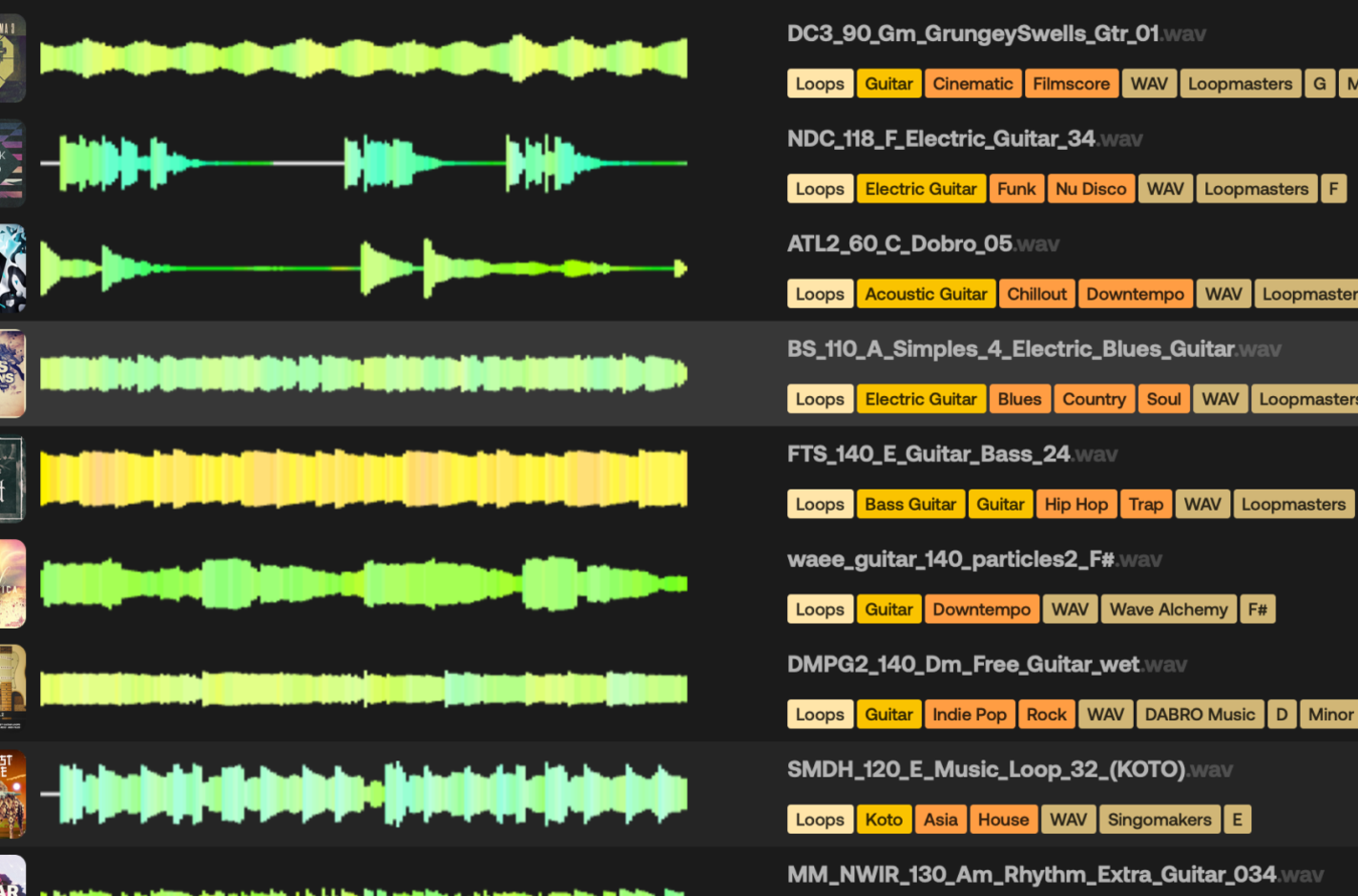
News, features and inspiration
From tips on boosting creativity to spotlights on artists and genres, this is the place for musical inspiration.

From tips on boosting creativity to spotlights on artists and genres, this is the place for musical inspiration.